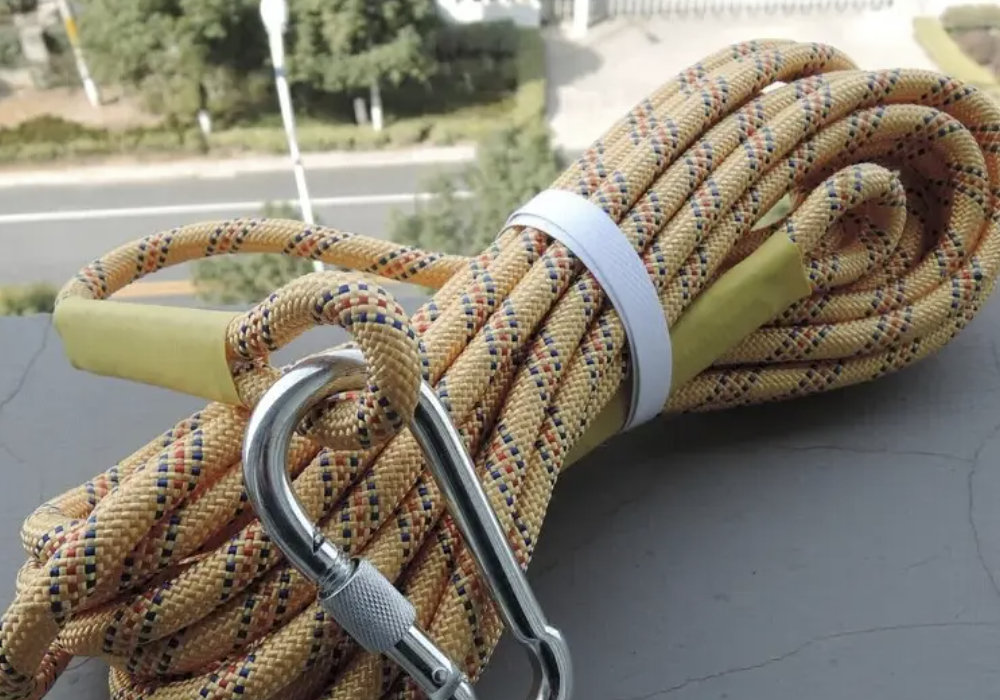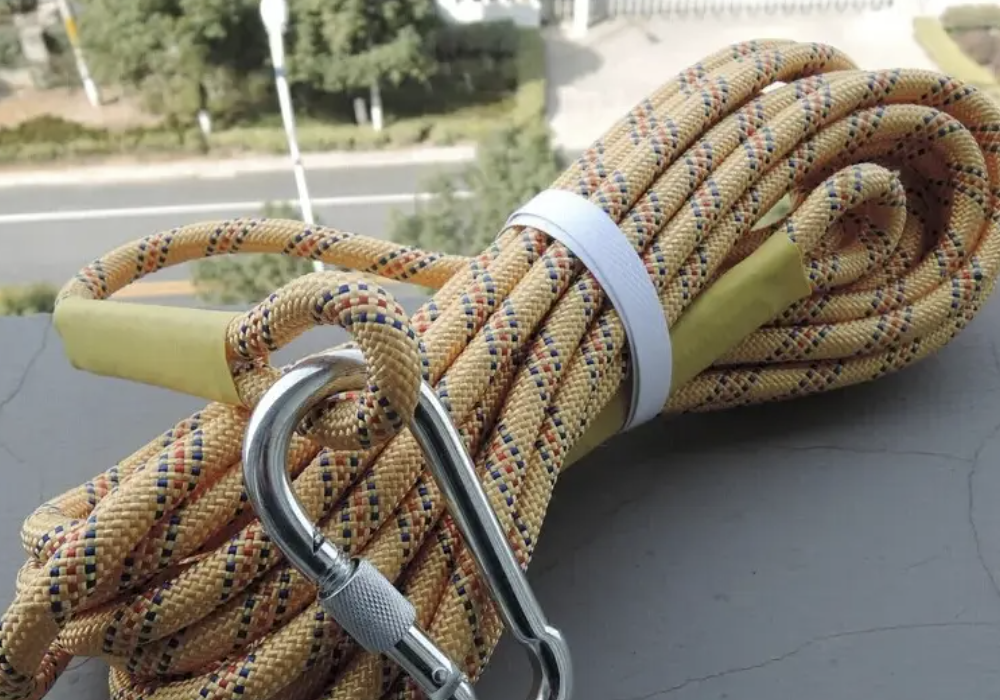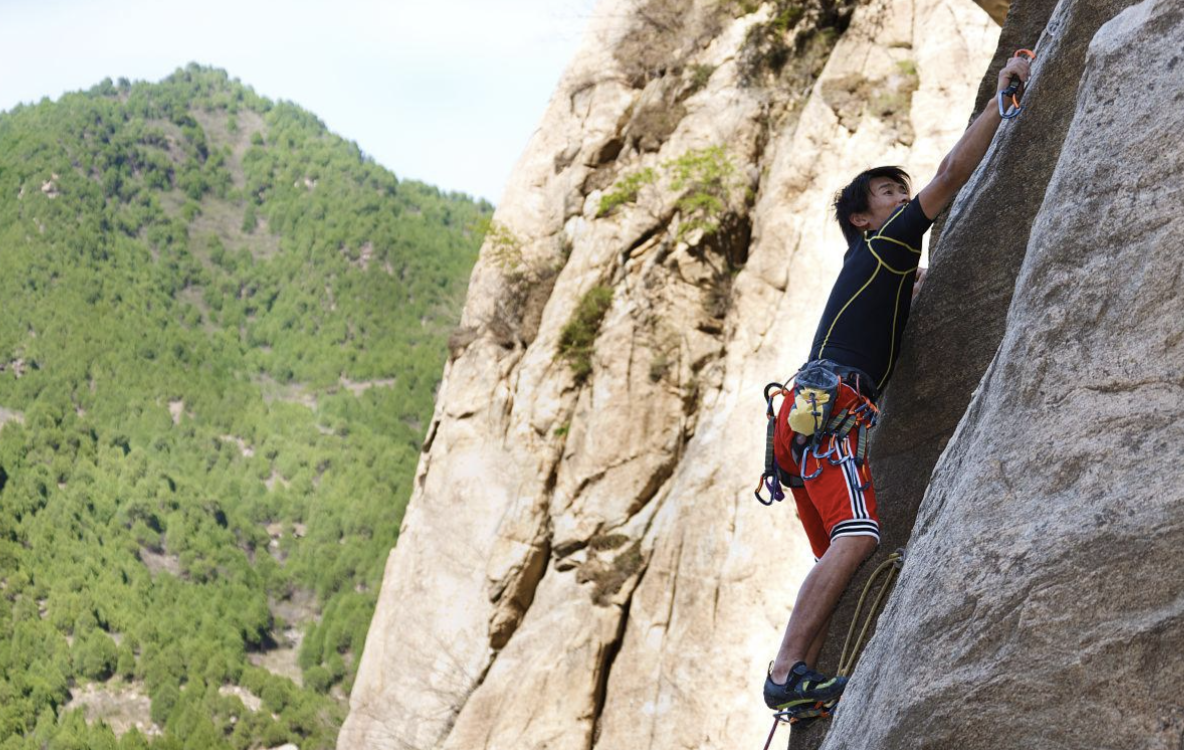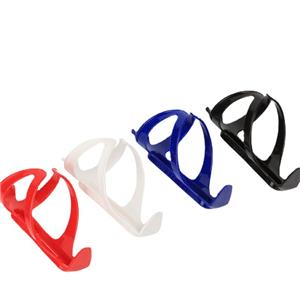A Beginner's Guide to Gear and Accessibility
Unlock Your Climbing Potential
Rock climbing has evolved from a niche extreme sport into an accessible activity for people of all ages and fitness levels. As a leading Chinese outdoor gear supplier, we're excited to share how you can safely start your climbing journey. This guide covers who can climb and the essential equipment needed, emphasizing that climbing is more about technique than brute strength.

Who Can Actually Try Rock Climbing? Debunking the Myths
The beautiful thing about modern climbing is its inclusivity. Contrary to popular belief, you don't need to be an athletic powerhouse to enjoy this sport.
All Ages Welcome: Climbing is truly ageless. National climbing coaches note that participants can range from young children to individuals in their 70s and 80s, provided they are in general good health without specific contraindications like severe cardiovascular issues or epilepsy . Many facilities offer tailored programs for kids and seniors, making it a fantastic family activity.
Not Just for Men - Excellent for Women: Since climbing relies heavily on technique, balance, and problem-solving rather than pure upper-body strength, it's exceptionally well-suited for women . The climbing community boasts a nearly balanced gender ratio, and female climbers often excel due to their flexibility and focus on efficient movement.
Ideal for Office Workers and Fitness Enthusiasts: For professionals spending long hours at a desk, climbing offers a full-body workout that counteracts the sedentary lifestyle. It enhances core strength, flexibility, and mental focus . It's also a powerful stress reliever, as navigating a route requires complete concentration, offering a break from daily worries.
A Great Starting Point for Beginners: The most common misconception is that you need to be strong to start. Seasoned coaches emphasize that "climbing is a practical sport," and beginners develop the necessary strength naturally through regular practice . Your first visit to a climbing gym will likely surprise you with what you can achieve.
Essential Climbing Gear: Safety and Performance Basics
For your initial sessions, most equipment can be rented from a climbing gym. However, understanding the gear is crucial for safety and progression. As an OEM supplier, we ensure all manufactured gear meets international safety standards (CE/UIAA).
1. Climbing Shoes: This is the most critical personal investment. Climbing shoes are tight-fitting with a soft, sticky rubber sole that allows you to stand on small footholds securely. They are designed to sensitively transmit feedback from the rock or wall to your feet .
2. Harness: A harness is your lifeline. It wraps around your waist and thighs and features a central belay loop to which the rope is attached. A proper fit is essential—it should be snug but allow you to fit a finger between the harness and your leg .
3. Chalk and Chalk Bag: Sweaty palms are a climber's enemy. Magnesium carbonate chalk, kept in a small bag attached to your harness, is used to keep hands dry and improve grip . This simple tool can significantly boost your confidence on the wall.
4. Helmet: While often optional in controlled indoor environments, a helmet is non-negotiable for outdoor climbing . It protects against falling rocks and accidental impacts. Look for helmets certified by UIAA or CE.


5. Belay Device and Carabiners: For roped climbing, you need a belay device (e.g., an ATC or GriGri) and locking carabiners. These form the system that manages the rope, controls descent, and catches a fall . Always receive professional instruction before using this equipment.

Getting Started: Your First Climb
The safest way to begin is at a certified indoor climbing gym . These facilities have "Top Rope" setups where a rope is already anchored at the top, offering automatic protection. Another popular starting style is "Bouldering," which involves shorter walls (under 5 meters) with thick crash pads below, requiring no ropes or harnesses .
Before you climb, always perform a partner check using the "ABCD" method: A (Anchor), B (Buckle), C (Carabiner), and D (Device) to ensure everything is correctly set up . Remember, the key technique is to use your legs to push yourself up rather than relying solely on your arms to pull .

SEO Keywords: beginner climbing gear, who can try rock climbing, indoor climbing equipment, climbing harness and shoes, climbing for beginners, OEM climbing gear, China outdoor gear supplier, bouldering starter kit, climbing safety equipment, affordable climbing gear.




